The first thing that catches your attention at the Dwarkadheesh Temple in Mathura is its architecture, which bears a strong resemblance to the havelis of Rajasthan. The largest and oldest of all temples in Mathura, Uttar Pradesh, it is one of the most important pilgrimage sites for Hindus in India and holds a special religious significance for millions.
The temple’s enormous facade, with its arched getaway and latticed windows, is hard to miss. To reach it, you need to make your way through the din and bustle of a bazaar, which itself is quite popular with shoppers. Most of the shops here contain shringaar (decorative items and dresses for God) that devotees purchase on their way to the temple. The chanting of mantras “Hare Krishna” and “Radhe Radhe” fills the air. Dwarkadheesh Temple, one of the most famous temples in India, is dedicated to Lord Dwarkadheesh, who is a form of Lord Krishna.
Today, the temple is administered by the followers of Vallabhacharya, a renowned Hindu philosopher and theologian. Its stately exteriors certainly give a message of its being a residence for kings and noble beings. Come into the interiors though, and the magnificence of its exteriors seems to recede into the background. There are two entrance gates of the temple which are built in traditional Rajasthani style. A flight of stairs take you to the courtyard of the temple. From here, you can watch the two-storied temple in all its beauty. Entry to the upper floor, is restricted to visitors.
The main deities of Dwarkadheesh Temple, are Dwarkadheesh (Lord Krishna) and Radha Rani. These are installed on the ground floor. On the railings of the second floor, you can find paintings depicting Lord Krishna’s childhood tales, including his birth and mischief (leela) with his companions (gopikas). Other paintings can be found on its walls on the ground floor.
It is during the shringar aarti that the temple overflows with visitors. However, before the commencement of the aarti, various rituals are followed. One of these is the drawing of curtains over the sanctum followed by the dressing of the main deity. The clothes and colours which are selected for Lord Krishna are yellow kurta and blue dhoti, as these are his favourites. Besides this, he is also decked with ornaments followed by the spraying of perfumed water. After this ritual, the curtains are opened to enthusiastic chantings of “Jai Shri Krishna”. The sight of Lord Krishna is his colourful costumes, flanked by his queens, Satyabhama and Rukmini, brings a smile on the faces of the devotees.
After a while, the Shringar Aarti begins, much to the delight of devotees. Priests and devotees sing the aarti in unison, creating a soothing aura. At the same time that the aarti commences, the priests hold a mirror to Lord Krishna’s statue as it is considered to be auspicious to show him his reflection. It is also an important part of the ritual.
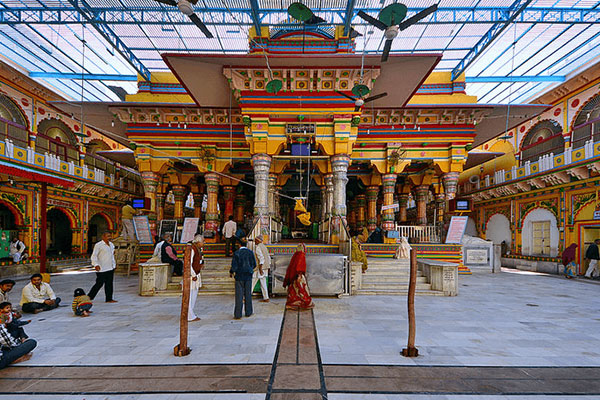
After the conclusion of the aarti, some devotees begin the circumambulation, while some engage themselves in threading flower garlands for the deities. The presence of a tulsi plant in the temple, which is beloved by Krishna, purifies the surroundings and is worshipped by the devotees. This ritual is accompanied by the singing of bhajans by bhajan mandalis (troupe) in Braj Bhasha. The melodious tune and verses of these bhajans relaxes the minds and purifies the soul of everybody present.
History of the Temple
Dwarkadheesh Temple, one of the most popular religious places to visit in Mathura, was built by Seth Gokul Das, the treasurer of what was then the Gwalior estate in 1814. He received hefty donations for this purpose from Shrimant Daulat Rao Scindia, the Maharaja of Gwalior.
Nearby Tourist Attractions
- Shri Krishna Janmabhoomi Temple
- Govardhan Hill
- Radha Kund
- Mathura Museum
- Kans Kila
- Vishram Ghat









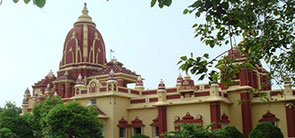

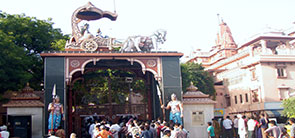

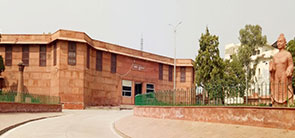
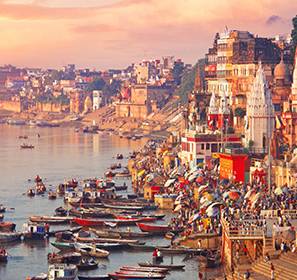


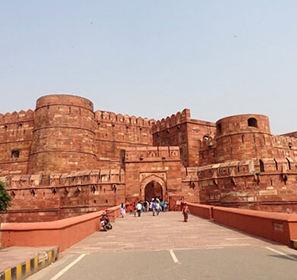
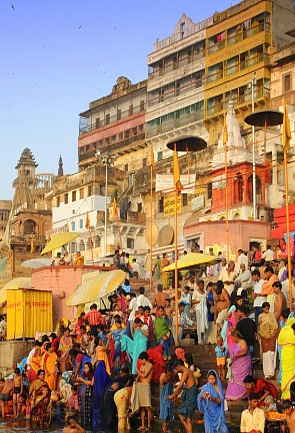
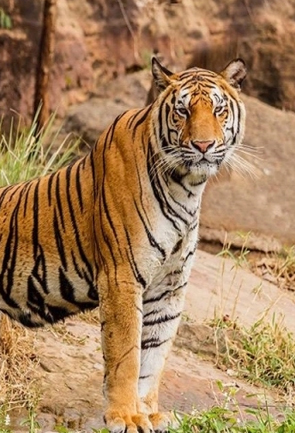


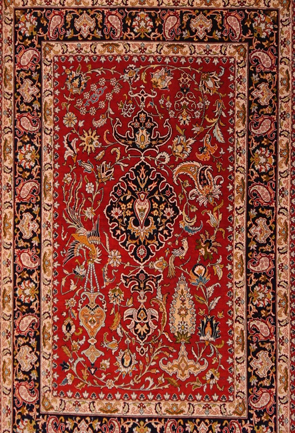

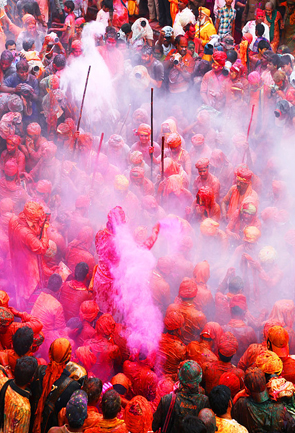
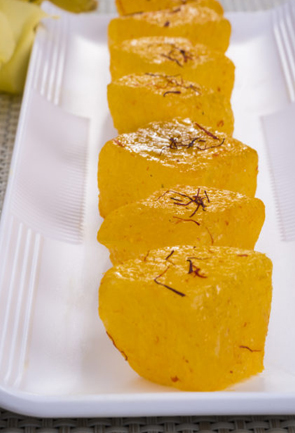



 Plan Trip
Plan Trip Call Us
Call Us Packages
Packages Home
Home